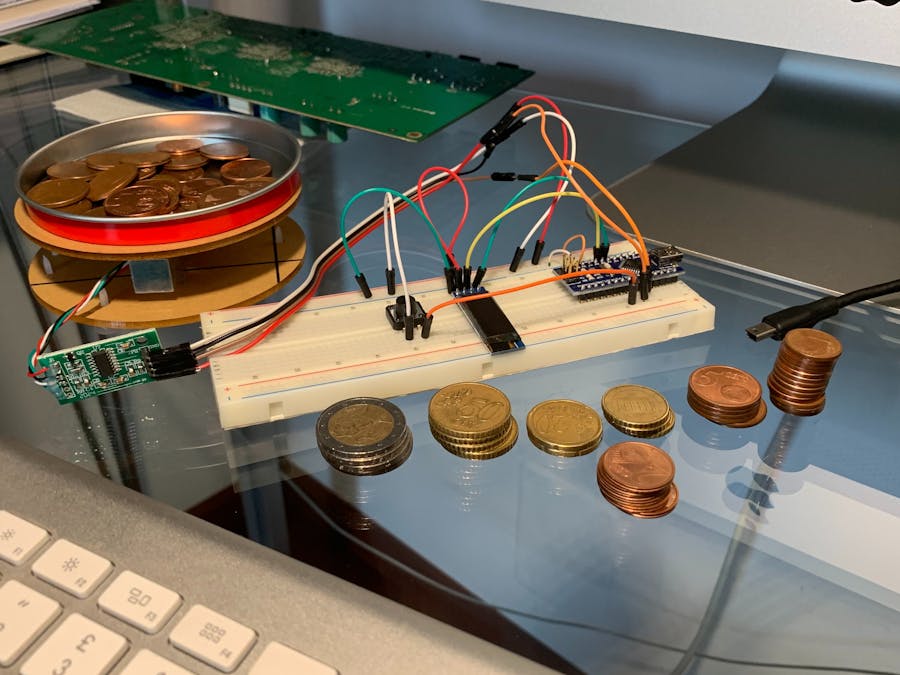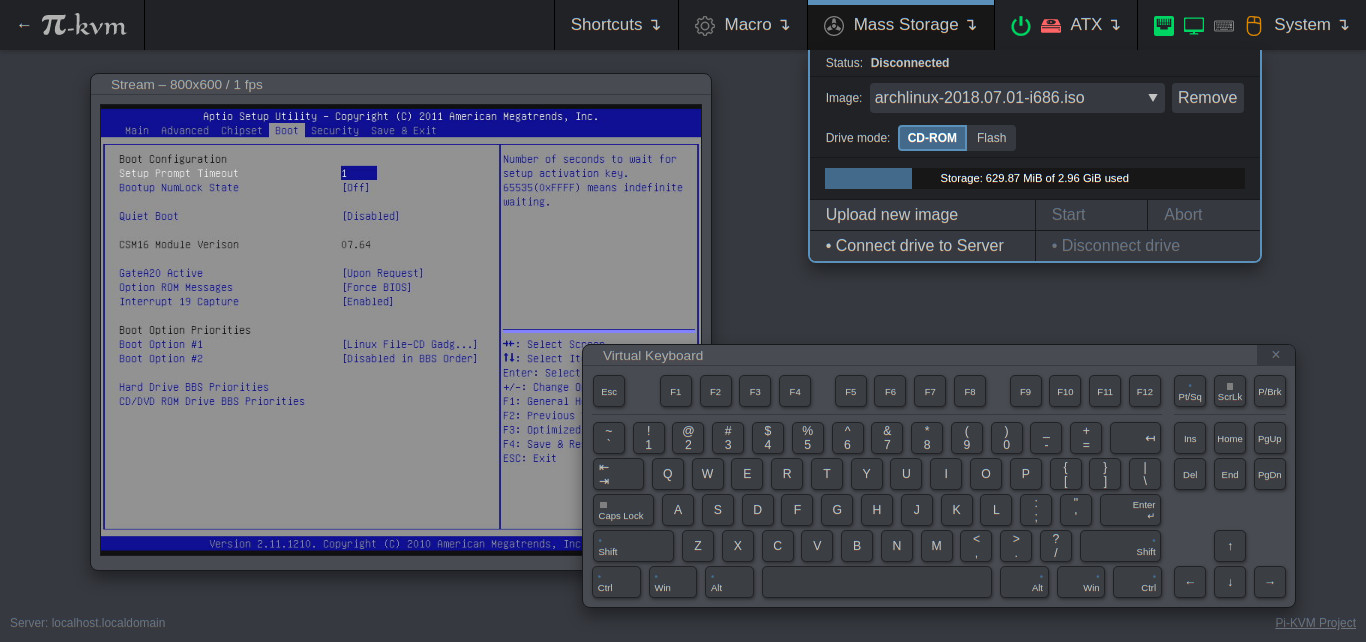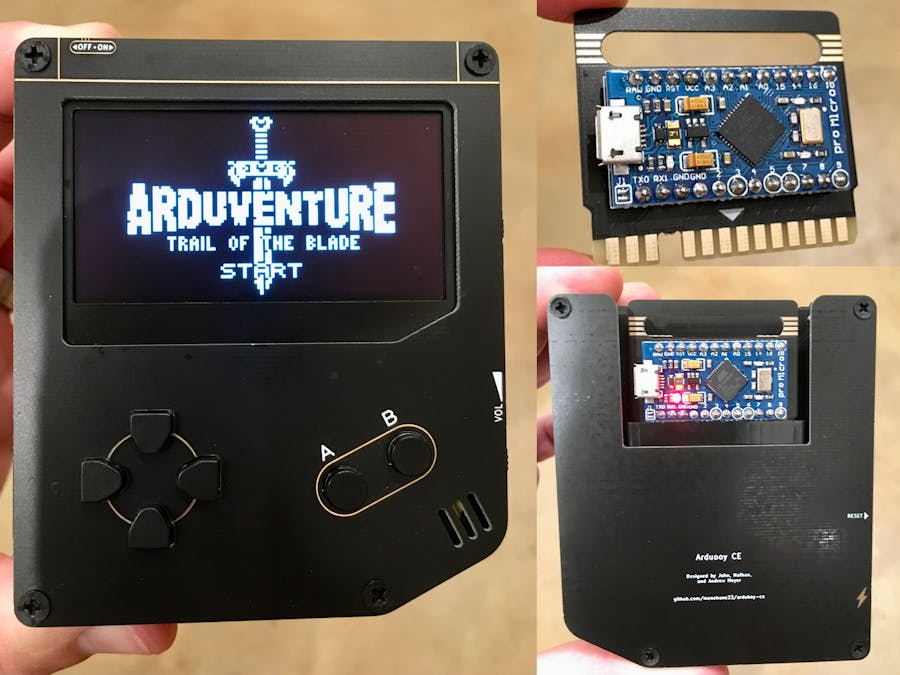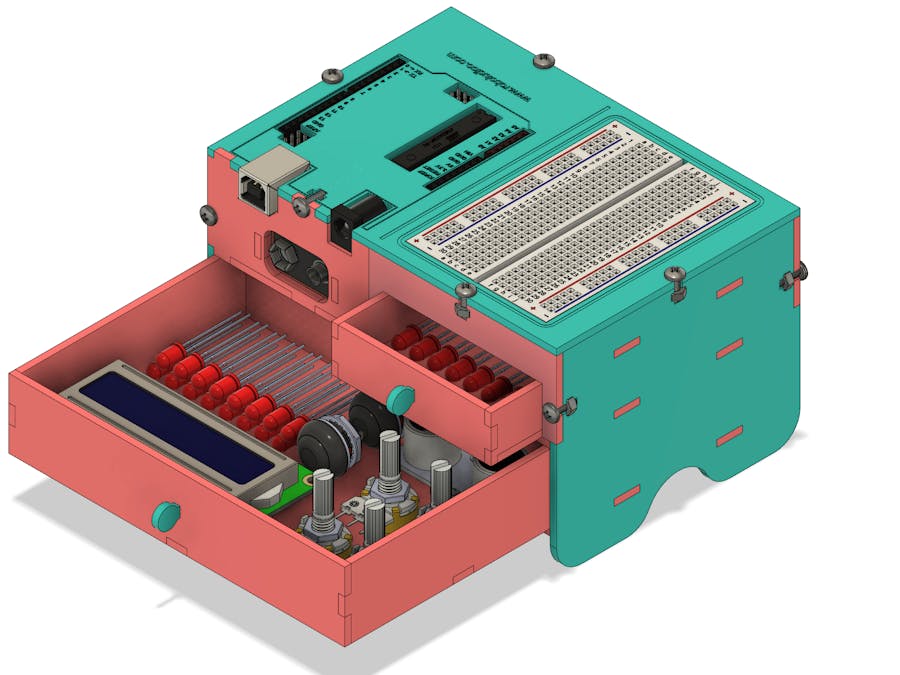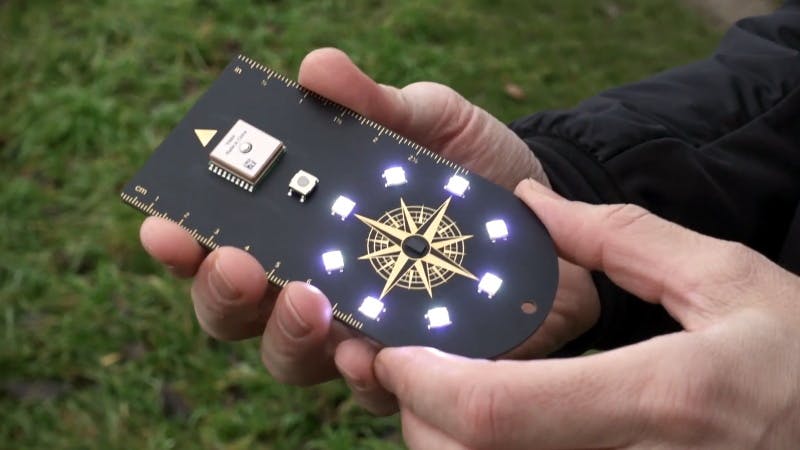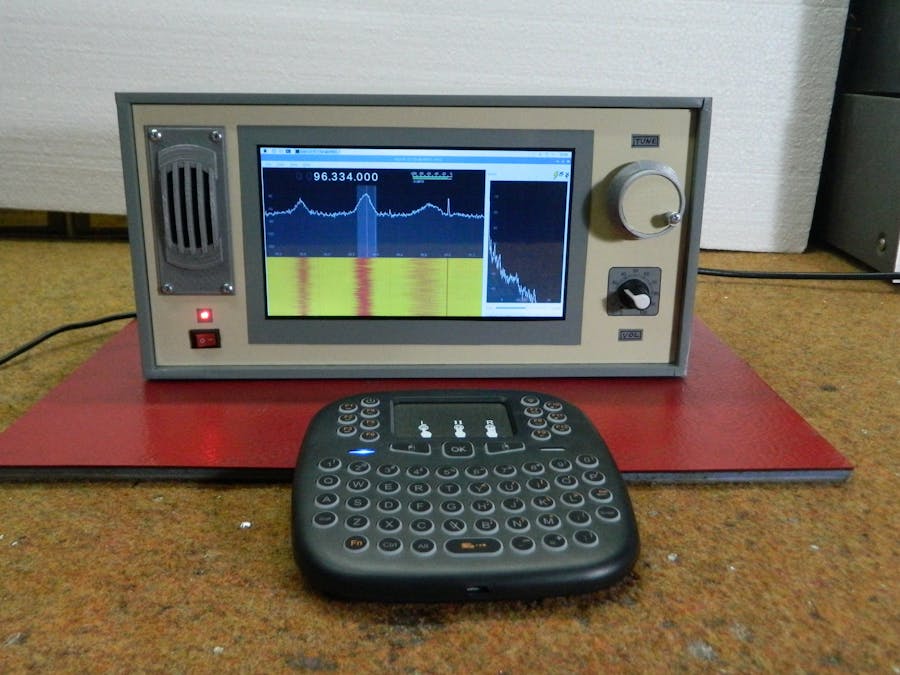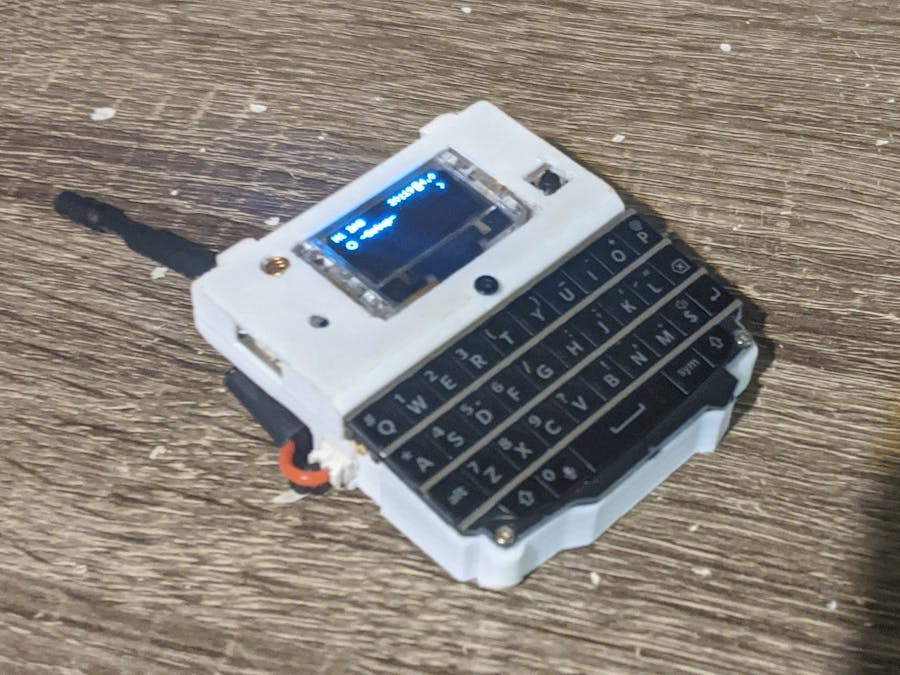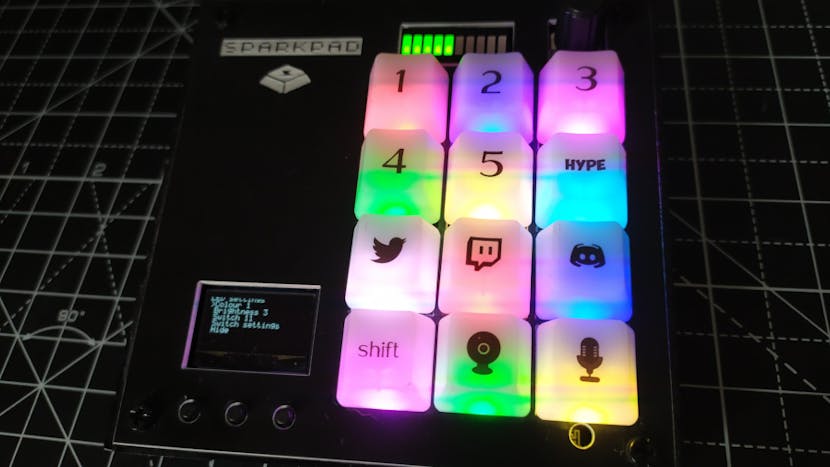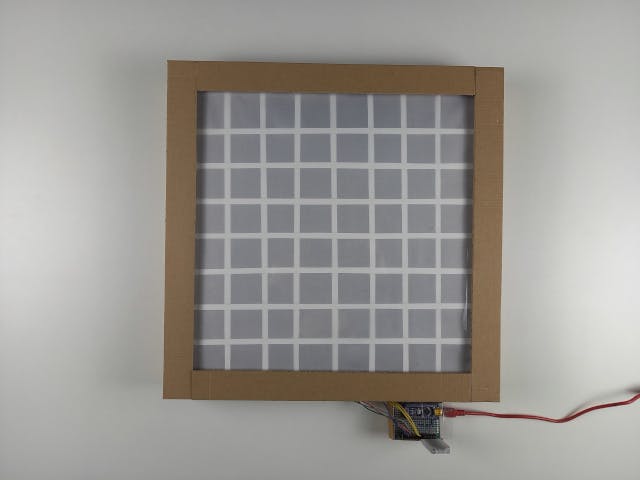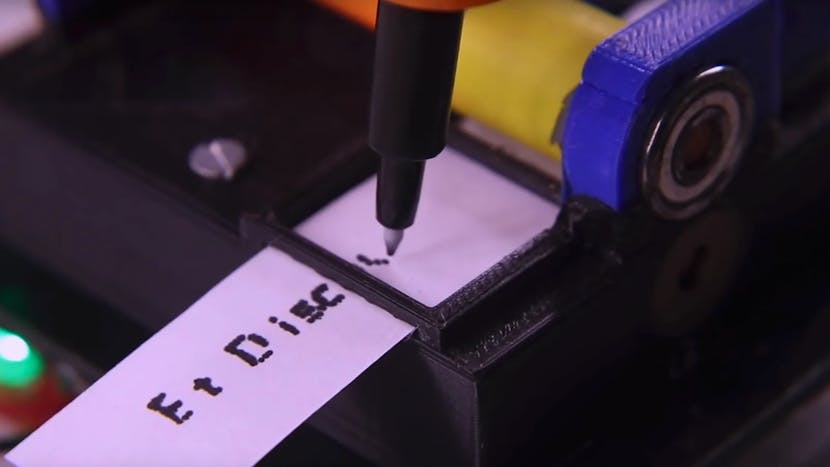This is a cool way to count coins. It’s a scale that, with the help of Arduino, a display and a push button, can count the amount of Euros coins on the plate. At the beginning, you need to calibrate the scale by pressing the button with the empty plate, and then with four coins of two Euros. You just need to follow the instructions on the display, and, at the end of the process, you will have the value in Euros of the coins. This was possible because each coin has a specific weight. Such weight never changes, and as long as you follow the instructions, all will be very accurate.
